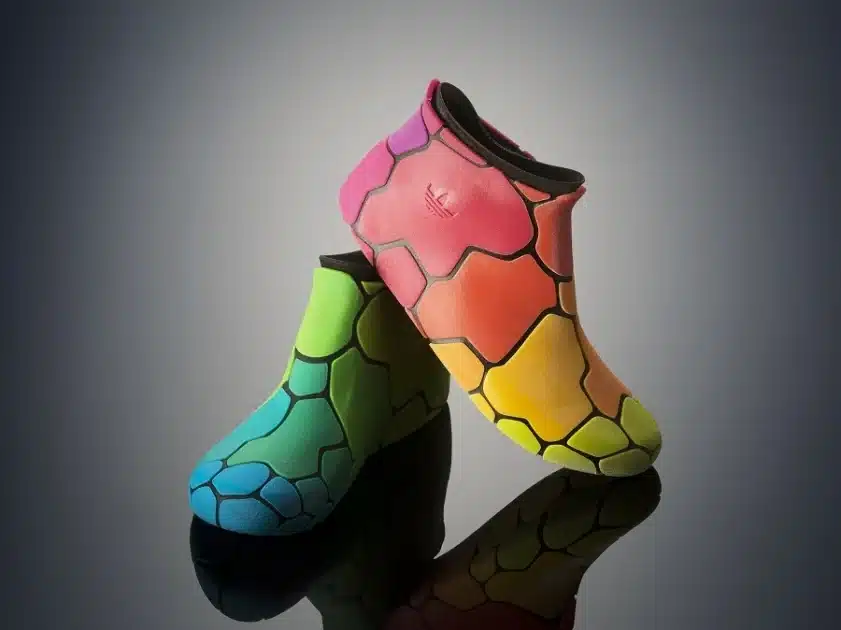Green technology’s role in empowering the circular economy
|
Getting your Trinity Audio player ready...
|
Throughout the 20th century, global production levels soared, extending a trend that began with the Industrial Revolution. This marked the rise of the linear economic model—a system built on extracting resources from nature, manufacturing goods, driving economic growth, and ultimately discarding the results. Over time, however, this cycle has come at a significant cost to the planet, prompting the need for more sustainable alternatives, such as the circular economy.
Definition of circular economy
In contrast to the linear model, the circular economy aims to replace excessive extraction of natural resources with the reuse and repurposing of materials that have already been produced or are close to being discarded.
Technology plays a vital role in making this shift possible. Thanks to technological advancements, the circular economy model has become more viable, enabling its principles to be accessible, practical, and scalable, providing a fitting solution to the challenges of widespread adoption.
Principles of circular economy
This move away from linear thinking is based on three core principles:
- Eliminate waste;
- Circulate products;
- Regenerate nature.
From the perspective of large-scale energy production and waste management, industrial symbiosis stands out as a prime example. In this model, the by-products of one company’s production process are utilised for other purposes instead of being discarded.
The use of renewable energy also fits seamlessly within the circular economy framework. Extracting fossil fuels, in essence, follows a linear model: once extracted, oil is burned, producing environmental waste—particularly CO2, which increasingly contributes to global warming.
Green technology as a driving force
Green technology is a broad term that encompasses various innovations, from energy generation and industrial production to carbon capture from the atmosphere—all of which have a significantly lower environmental impact than traditional methods that have been in use for decades.
Examples of green technologies include big data and artificial intelligence, which can be used to design more eco-friendly products. Robotics also plays a crucial role in optimising production processes and reducing environmental impact, alongside biotechnology and 3D printing.
Smart designs
Concepts like circular design aim to create products with longer lifespans that can be reused or remanufactured. The key is to design these products modularly, making disassembly easy and allowing parts to be swapped and reused with minimal effort.
However, green technology alone is not enough. The creators and producers of these products must also embrace ecological responsibility. Many of us have likely bought products that don’t last long—this is no coincidence; we are living in the age of planned obsolescence.
Traceability and reverse logistics
Traceability is an exciting area that shows how technology can unlock innovation opportunities in even the smallest details. In reverse logistics, for example, materials are tracked throughout the supply chain with the help of the Internet of Things (IoT).
By understanding the final destination of each item, it becomes possible to devise more efficient strategies for product returns, repurposing, waste location, and optimising collection, all while streamlining recycling processes.
Big data and artificial intelligence
AI also helps forecast demand, assisting in determining how many products a company should manufacture. This aids in optimising production and preventing overproduction, which can lead to excessive waste.
These technologies also support the creation of strategies to enhance industrial symbiosis by identifying which waste products can be transformed into raw materials for other production processes.
Biotechnology
Biotechnology is a rapidly growing field that uses living organisms or their parts, such as enzymes and cells, to produce or modify products and services, increasing their efficiency. Its logic is rooted in harnessing human knowledge of nature to create intelligent solutions.
Though ‘technology’ is in its name, biotechnology has existed for centuries. A prime example is the use of yeast in bread-making. In the circular economy, ideas inspired by nature can be highly efficient.
Bioplastics and bioremediation
In practice, biotechnology is seen in the use of bioplastics—materials that decompose quickly and don’t generate harmful environmental waste. Bioremediation, meanwhile, uses microorganisms such as fungi and bacteria to clean ecosystems.
Biomining
Research into microorganisms also provides innovative strategies, such as biomining. This field uses living organisms to extract precious metals from electronic waste, enabling their reuse—an essential solution in light of the mass production of mobile phones, computers, and tablets.
The circular shift
Several important considerations need to be addressed to enhance the circular economy. The most obvious is the investment barrier. Developing these technologies requires extensive research and development, along with high implementation costs.
Two other key areas are the workforce training required to operate these new technologies and practices, as well as the regulatory debates aimed at supporting the transition from linear to circular economic models.
An often overlooked issue is the paradox of this transition: although green technologies produce cleaner energy, they still rely on specific metals whose extraction can be harmful to the environment—solar panels, for instance.
Thus, it is crucial to apply the principles of the circular economy to the manufacturing of these technologies themselves, ensuring that solving one problem does not create another.







